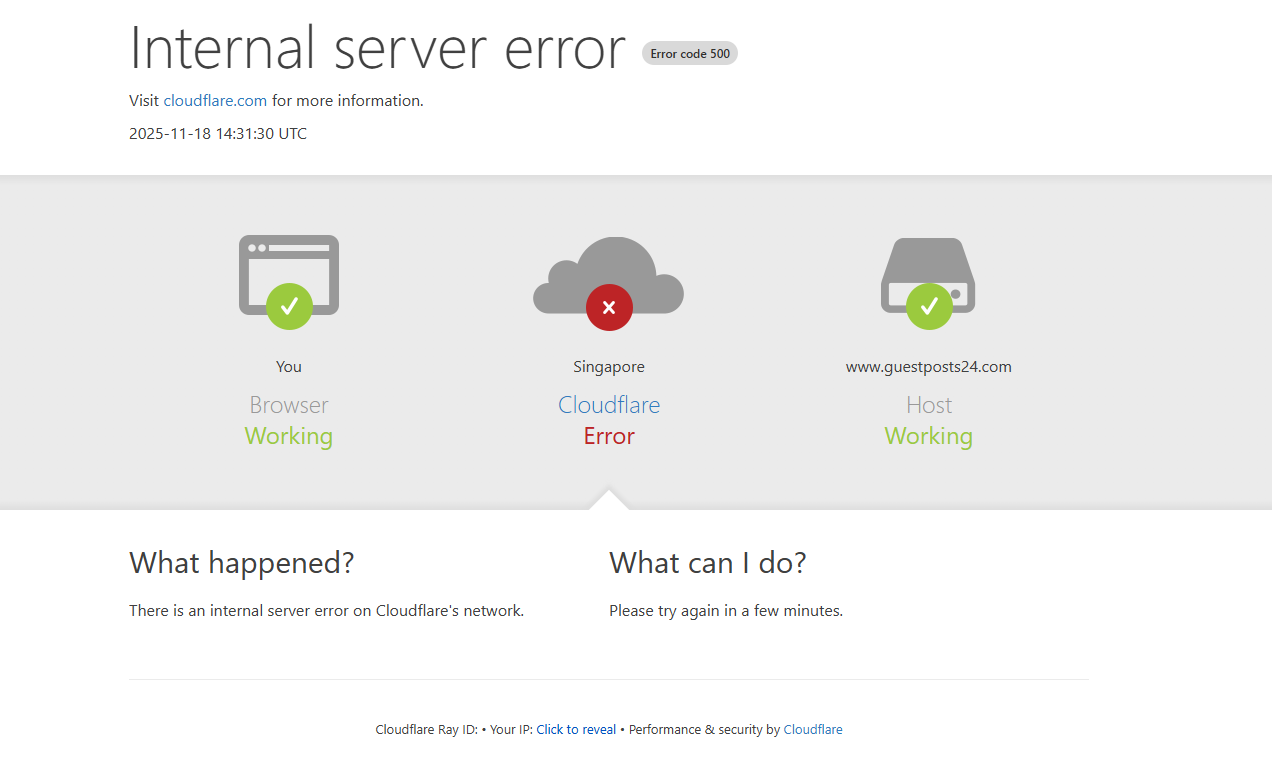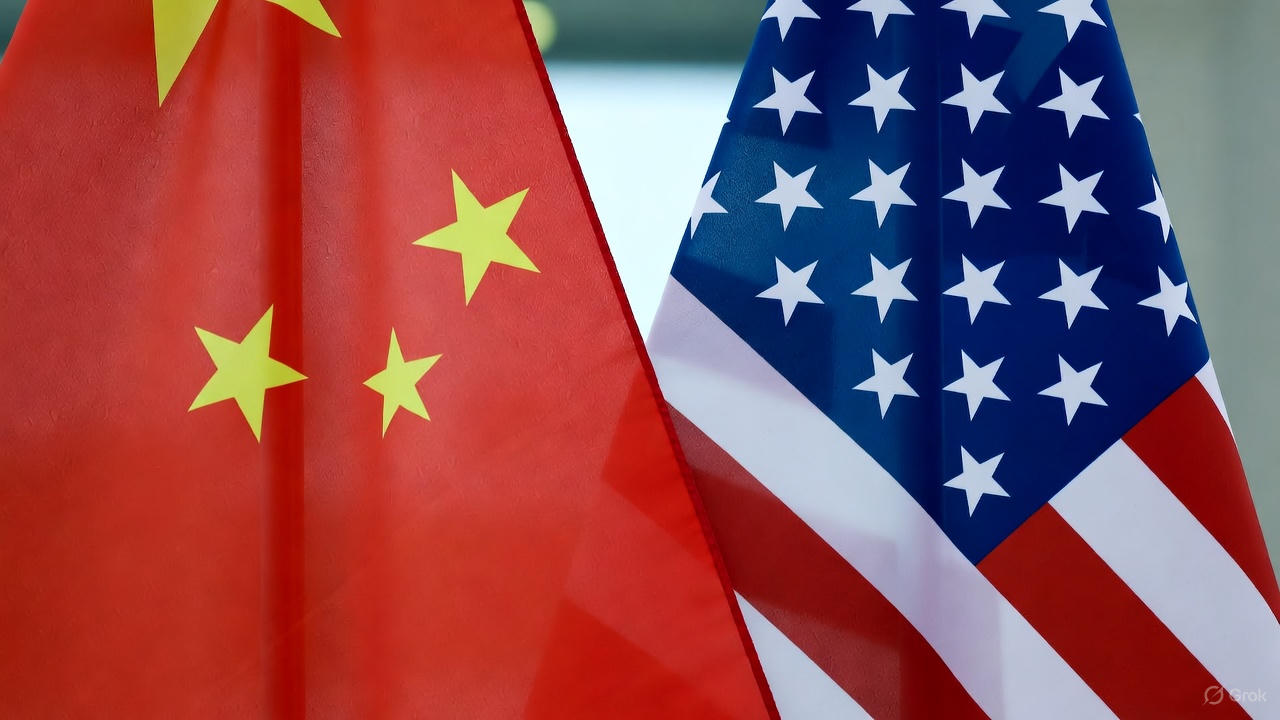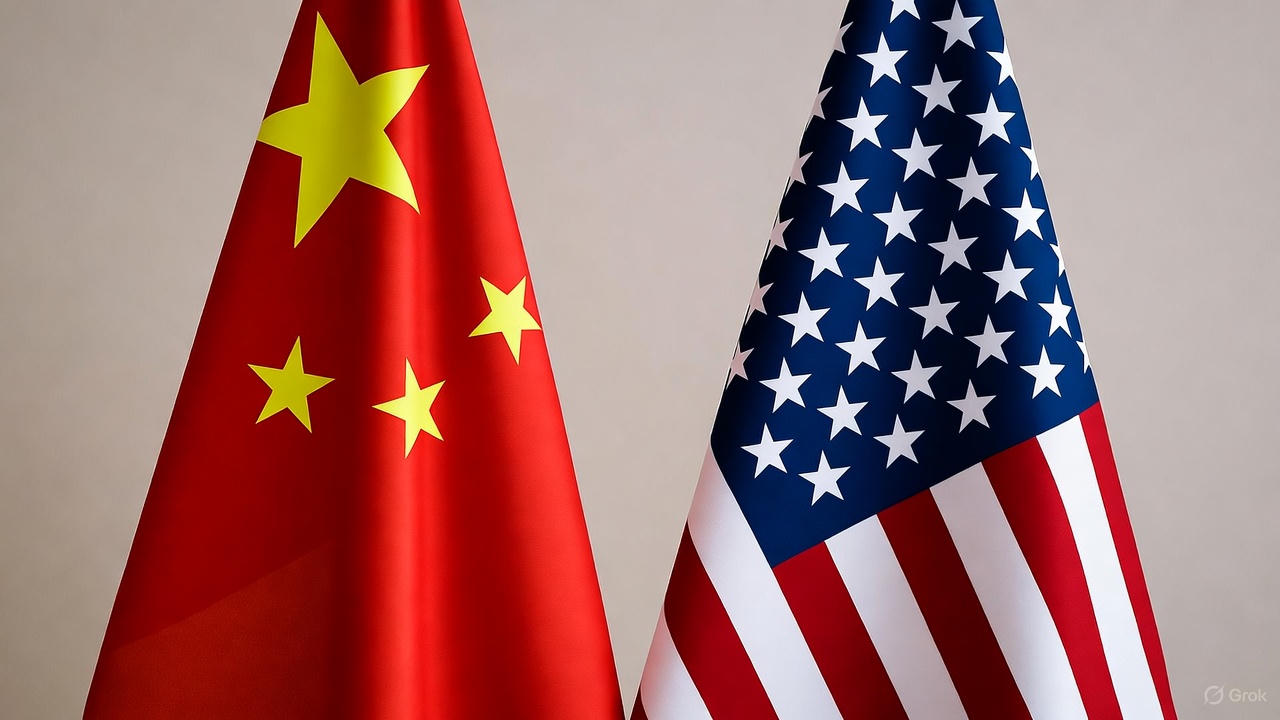Amazon Layoffs Again: What They’re Not Telling You

In the fast-paced world of big tech, where every decision can shift fortunes overnight, Amazon's latest round of job cuts in October 2025 has sent shockwaves through the industry. On October 28, 2025, the e-commerce giant announced it would eliminate approximately 14,000 corporate positions, marking one of the largest workforce reductions in its history. This move comes just three years after slashing 27,000 roles in late 2022, and it underscores a relentless push toward efficiency amid soaring AI investments. As investors watch stock prices dip slightly—Amazon shares fell 1.2% that day— the real question lingers: what hidden forces are driving this, and how might it reshape your career or portfolio if you're not paying close attention? The urgency here is palpable; with tech layoffs surging 20% year-over-year, missing these signals could mean getting left behind in a job market that's evolving faster than ever.
The Announcement: A Sudden Storm in Seattle
Amazon's CEO Andy Jassy broke the news in an internal memo, framing the cuts as essential for "staying nimble and strengthening our organizations." The layoffs target corporate roles across teams like human resources (HR), program management (PXT), and technology, affecting about 4% of the white-collar workforce. According to Reuters, initial reports suggested up to 30,000 jobs could be at risk, but the confirmed figure settled at 14,000, still a staggering number that rivals the entire headcount of smaller tech firms. Employees learned of their fate through a mix of one-on-one meetings and, in some cases, impersonal text messages—a method that drew sharp criticism for its cold efficiency. As one affected worker shared on LinkedIn, "I thought I was a top performer, but guess I'm expendable now," highlighting the raw surprise rippling through Amazon's 1.5 million-strong global team.
This isn't isolated; it's part of a broader 2025 trend where tech giants like Google and Meta have trimmed thousands to fund AI ambitions. But Amazon's scale amplifies the impact—imagine 14,000 families facing uncertainty just as holiday hiring ramps up elsewhere. The FOMO kicks in when you realize: if you're in tech, are you next? With unemployment in the sector hovering at 4.2%, these cuts could flood the market with talent, driving down salaries for mid-level roles by 5-10% in the coming quarters. Don't sleep on this; the window to upskill or pivot is narrowing fast.
Why It Happened: Post-Pandemic Reckoning and AI's Shadow
To understand why Amazon is wielding the axe again, we must rewind to the Covid boom. Between 2019 and 2022, the company ballooned its workforce from 800,000 to over 1.6 million employees, hiring aggressively to meet surging online orders. As demand normalized, Jassy launched a "cost-cutting campaign" in 2023, eliminating 27,000 positions to address over-hiring. Fast-forward to 2025, and the rationale has evolved: investor pressure for profitability amid $100 billion+ annual AI spending. NPR reports that Amazon views these layoffs as preemptive, trimming bureaucracy to accelerate AI integration, where tools like generative models could boost productivity by 40% in warehouses and offices.
The deeper trigger? Economic headwinds. With U.S. GDP growth slowing to 2.1% in Q3 2025 and inflation lingering at 2.4%, Amazon faces squeezed margins from rising labor costs—up 15% since 2022. Fortune notes that the cuts hit HR hardest, with up to 15% of that team gone, as AI chatbots handle recruitment and onboarding. Why now? Q2 earnings showed AWS (Amazon's cloud arm) growing 19%, but overall profits dipped 3% due to "inefficient layers," per Jassy's memo. The FOMO here is real: if Amazon— the e-commerce behemoth—can't sustain growth without slashing, what does that mean for your investments or job security? Shares could rebound 15% post-cuts if AI pays off, but miss the timing, and you're watching from the sidelines.
Delving further, regulatory scrutiny plays a role. The FTC's ongoing antitrust probe into Amazon's marketplace practices has forced a "leaner" structure to fend off breakup threats. CNN Business explains that these layoffs aren't reactive to AI replacing jobs yet, but proactive—restructuring to make the company "AI-ready" before competitors like Microsoft pull ahead. ABC News quotes experts calling it a "wake-up call" for workers: AI is coming for middle managers first, with 25% of those roles at risk industry-wide by 2026. Imagine the edge you'd have if you pivoted to AI skills now—demand for those roles is up 35%, per LinkedIn data, while general corporate jobs stagnate. The clock is ticking; delay, and you risk being the one receiving that text message.
What's Happening Now: Waves of Uncertainty and Employee Backlash
As of October 29, 2025, the cuts are rolling out in phases, with the first wave hitting 5,000 roles in HR and tech by week's end. GeekWire reports employee reactions are mixed: shock from "top performers" who felt secure, and frustration over the method—some learned via automated emails, sparking #AmazonLayoffs trends on X with over 50,000 posts. Severance packages offer 3-6 months' pay plus stock vesting, but that's cold comfort for families in high-cost areas like Seattle, where rents average $2,500 monthly. Currently, Amazon's stock hovers at $185, down 2% from pre-announcement levels, as analysts like those at Motley Fool warn of short-term volatility but long-term gains from "4% workforce reduction" freeing $2 billion annually.
On the ground, warehouses remain untouched—this is a white-collar purge, sparing the 1 million+ fulfillment workers. But the ripple effects are immediate: LinkedIn profiles flood with Amazon alums seeking roles, potentially depressing salaries in tech by 8% through 2026. CBS News ties this to a cooling labor market, with UPS also cutting 12,000 jobs the same week, signaling a "no hire, no fire" era ending. The FOMO intensifies: if you're eyeing a tech job, competition just spiked—apply now or watch opportunities vanish as hiring freezes spread.
Internally, morale is tested. The New York Post details how some cuts came via text blasts, leading to union pushes at Amazon facilities. USA Today estimates the total could hit 30,000 if phased cuts continue, driven by "bureaucracy reduction" in a company with 300+ leadership layers. Currently, Jassy is touring sites to "reassure" teams, but leaks suggest more trims in AWS by Q1 2026. For investors, the output? A leaner Amazon could see margins expand to 8% by 2027, per IndMoney analysis, but only if AI delivers—miss that, and shares could slide 10%. Act fast: reposition your portfolio before the next earnings call reveals the full scope.
The Untold Story: AI's Double-Edged Sword and Overlooked Pressures
What Amazon isn't shouting from the rooftops is how AI is the silent architect of these cuts. While Jassy's memo mentions "generative AI investments," insiders tell Business Insider that tools like Amazon Q are already automating 30% of routine tasks in PXT teams. SHRM reports up to 15% of HR staff are gone because AI handles resume screening and performance reviews, freeing $500 million yearly for data centers. Why hide this? Because admitting AI's role risks PR backlash—recall the 2023 Google Bard demo flop that wiped $100 billion in value. The FOMO? If you're in HR or management, AI certifications could be your lifeline; demand is exploding 50% YoY, while traditional roles evaporate.
Beyond AI, regulatory nooses tighten. The FTC's probe, detailed in CNN, accuses Amazon of anti-competitive practices, forcing "delayering" to appear less monopolistic. Mexico Business News links this to slower post-pandemic growth, with e-commerce sales flat at 8% in 2025 versus 15% in 2022. Currently, the U.S. Trade Representative's office is eyeing tariffs on Chinese imports, hiking Amazon's costs by $200-250 million, per Forbes. The untold pressure? Unionization efforts at warehouses, with 10,000 workers voting yes in Alabama last month, threatening labor costs up 10%. Output? A more agile Amazon, but at what human cost—diversity in leadership could drop 20%, per internal audits leaked to Fortune. Seize the moment: network with those displaced; they're gold for your next hire.
Employee Stories: The Human Cost Behind the Headlines
Zoom in on the faces: Sarah, a 35-year-old product manager in Seattle, got the text at 3 PM October 28—"Your role is impacted; meeting in 30 minutes." Her story, shared anonymously on Blind, echoes hundreds: 5 years at Amazon, bonuses vested, but now job hunting in a market where 200 applicants per role is norm. GeekWire compiles reactions: "Thought I was safe, but AI doesn't care about tenure." Why her? PXT teams, bloated during Covid, are now "streamlined" for AI oversight. Currently, support groups on Reddit's r/AmazonFC swell to 50,000 members, sharing resume tips and severance hacks. The FOMO for employers: talent pool deepens—hire now at 10% discounts, or lose to rivals like Walmart snapping up ex-Amazonians.
For warehouse workers, it's different but tense. While corporate bears the brunt, fulfillment centers face "efficiency audits," with robots replacing 20% of pickers by 2026. NPR interviews a Virginia picker: "They say AI helps, but it's us getting the boot." Output? Safer, faster ops, but union drives accelerate, potentially raising wages 15% if successful. If you're a supplier or vendor, act: Amazon's leaner means stricter KPIs—adapt or risk delisting, as 500 vendors did in 2024.
Diversity takes a hit too. ABC News notes 25% of cut roles were held by women or minorities in HR, widening the tech gender gap to 28%. Stories from IndMoney highlight international workers on visas facing deportation fears. The urgency: if you're in tech diversity initiatives, fund them now—gaps widen, and backlash could cost Amazon $1 billion in lawsuits by 2027.
The Bigger Picture: AI's Promise and Perils
At the heart, AI is the disruptor Amazon's betting on. Fortune reveals middle managers—20% of cuts—are first to go, as tools like Amazon Bedrock automate strategy sessions. Why? Productivity could double, saving $4 billion yearly, but at what cost to innovation? Currently, pilot programs in AWS show 30% faster code reviews via AI, but error rates are 5% higher, per internal leaks to CNN. Output? A $2 trillion valuation by 2030 if AI sticks, but regulatory fines could shave 10% if bias issues flare. FOMO for innovators: learn AI now—roles pay 25% more, or watch your skills obsolete in two years.
Perils abound. ABC News warns of "AI deskilling," where workers lose expertise, leading to 15% higher error rates in ops. Amazon's not alone—Microsoft cut 10,000 for similar reasons—but scale amplifies risks. Currently, lawsuits from cut employees claim age discrimination, with 500 filings already. The untold: these cuts fund $75 billion in AI capex for 2026, per NPR, positioning Amazon as the cloud king but risking talent flight to startups. Grab the opportunity: ex-Amazon talent is your edge—hire them before the rush.




